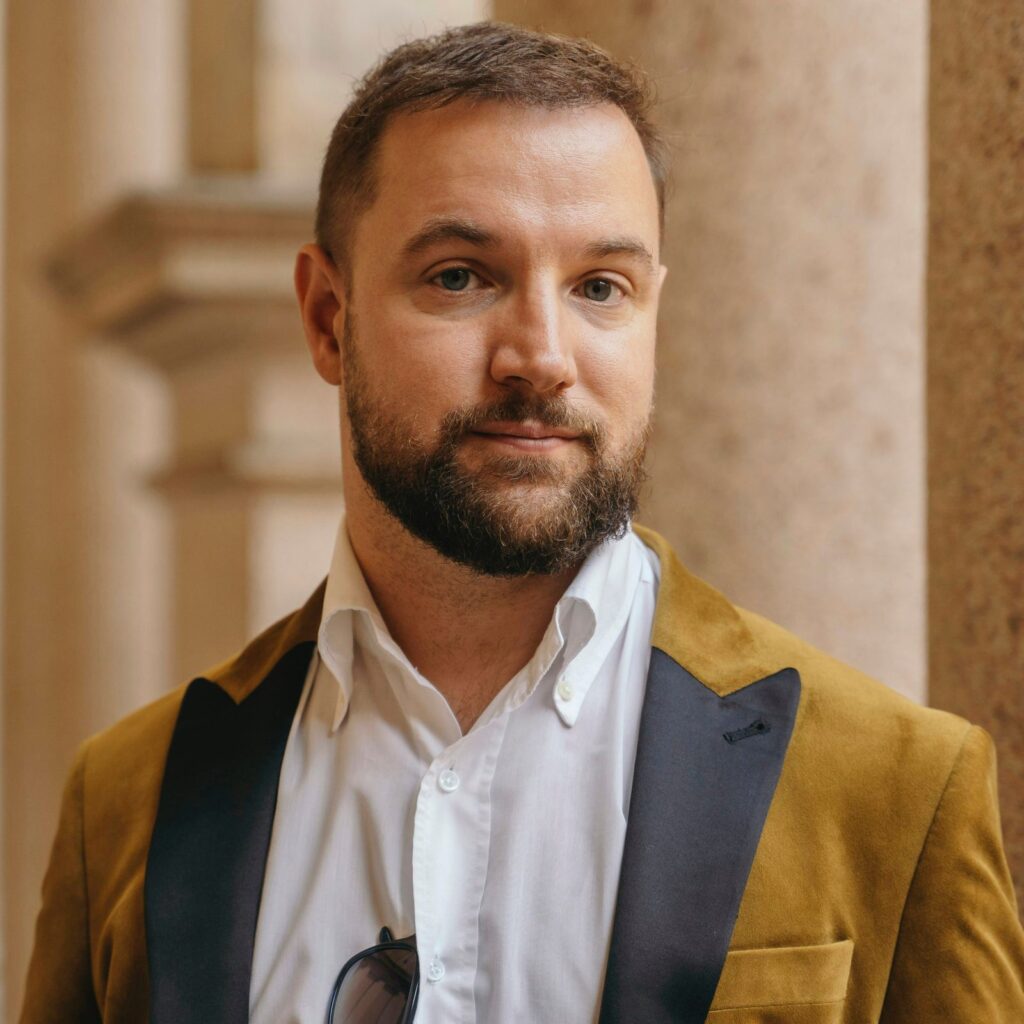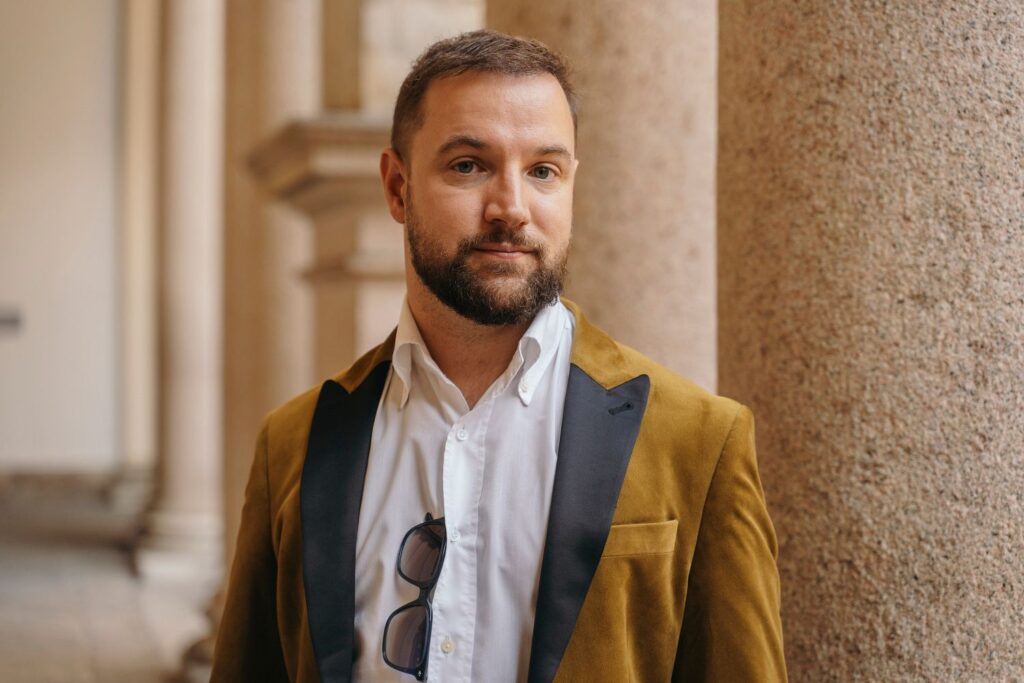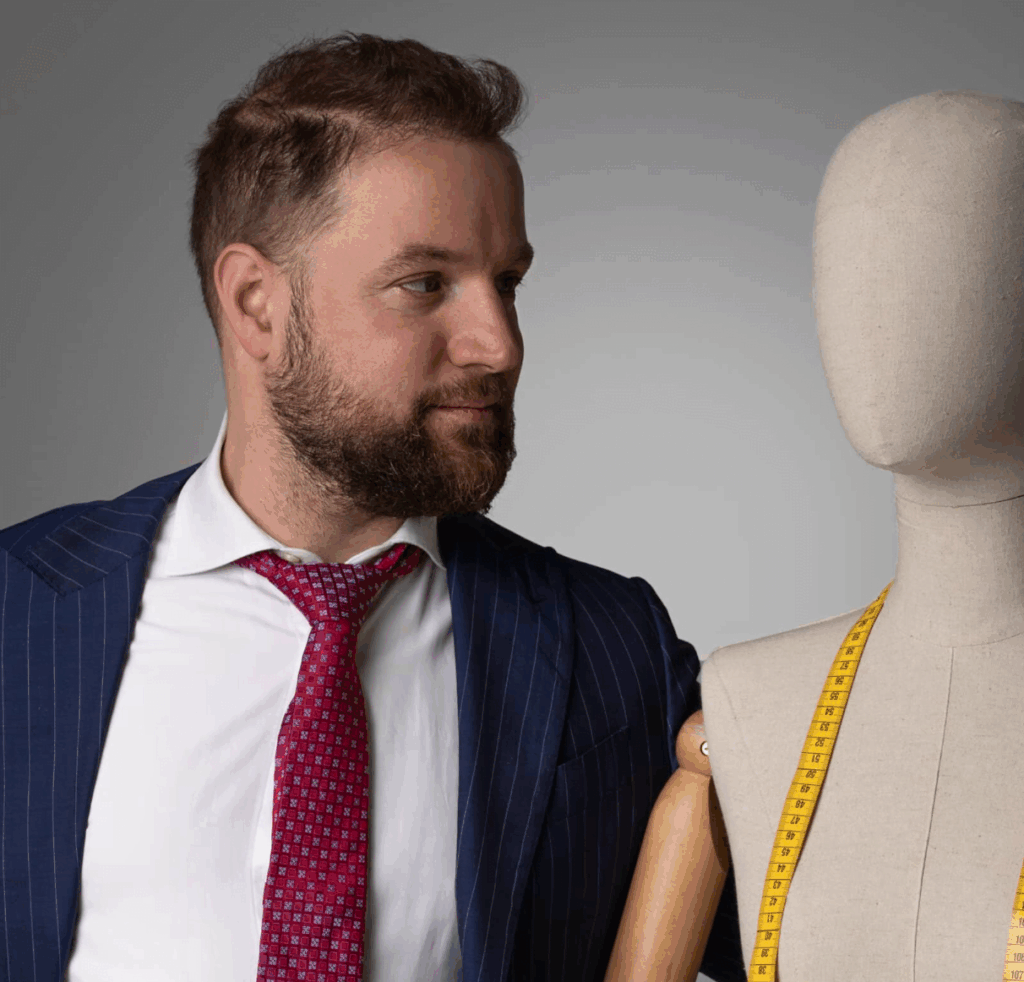Luxury brands spend countless hours perfecting every detail of their image and customer journey. Yet over 80 percent of luxury consumers say they crave meaningful experiences, not just products. Most campaigns still focus on flashy displays instead of crafting authentic connections. The real secret is that unforgettable luxury campaigns start by diving deep into what your audience truly desires—and that changes everything.
Table of Contents
- Step 1: Define Your Target Audience And Objectives
- Step 2: Research Trends And Inspirations In Luxury Experiences
- Step 3: Develop The Campaign Concept And Creative Elements
- Step 4: Plan Logistics And Partnerships For Execution
- Step 5: Execute The Campaign And Engage Participants
- Step 6: Evaluate Feedback And Measure Success Metrics
Quick Summary
| Key Point | Explanation |
|---|---|
| 1. Understand your audience deeply | Conduct comprehensive research including motivations, lifestyles, and preferences to build multidimensional consumer profiles. |
| 2. Set clear, specific campaign objectives | Define measurable goals aligned with brand strategies to guide experiential marketing efforts effectively. |
| 3. Integrate innovative research trends | Explore global luxury experiences and emerging trends to inspire unique campaign concepts and structures. |
| 4. Prioritize strategic partnerships | Curate relationships with vendors who embody your brand’s sophistication and capability to enhance campaign execution. |
| 5. Analyze feedback thoroughly post-campaign | Employ a multifaceted evaluation strategy to gather insights on emotional resonance and brand perception changes. |
Step 1: Define Your Target Audience and Objectives
Designing an experiential campaign for luxury brands requires a strategic foundation built on precise audience understanding and clear objectives. The initial phase of campaign development is critical because it determines the entire trajectory of your experiential marketing approach. Luxury audiences are not monolithic—they represent sophisticated consumers with nuanced expectations and refined preferences.
Starting your campaign design demands comprehensive audience research that goes beyond basic demographic information. You need to develop a multidimensional profile of your potential participants, exploring their psychological motivations, lifestyle preferences, cultural backgrounds, and emotional triggers. This means conducting deep qualitative research through methods like in-depth interviews, ethnographic studies, and advanced customer segmentation techniques.
According to McKinsey & Company’s luxury marketing insights, successful luxury experiential campaigns require mapping precise customer personas with exceptional granularity. Your audience research should reveal not just who they are, but what experiences resonate most deeply with their aspirational identities.
Objective setting becomes the natural progression after audience understanding. Your campaign objectives must be specific, measurable, and aligned with broader brand strategy.
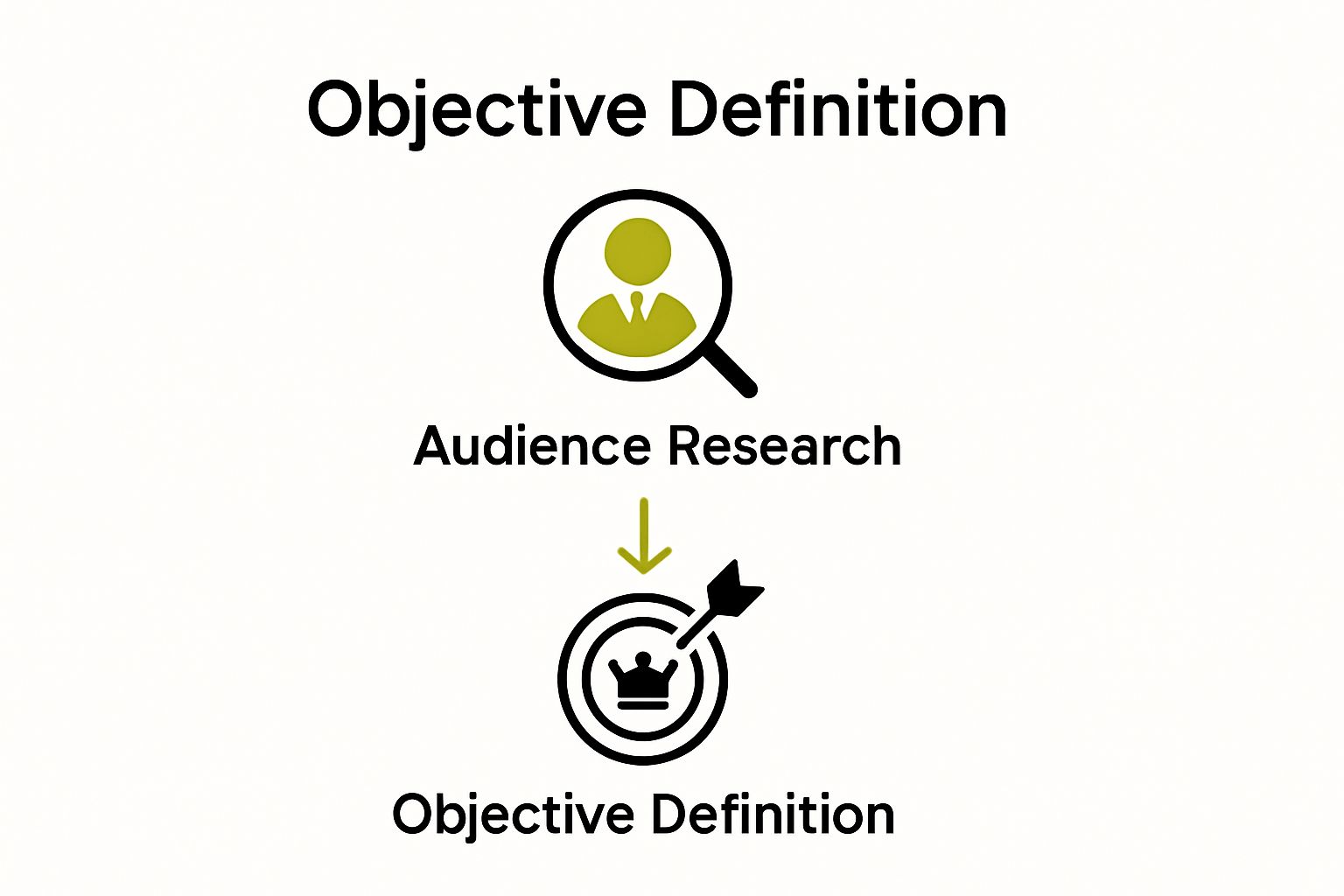 Are you seeking to enhance brand perception, drive engagement, generate exclusive leads, or create memorable emotional connections? Each objective demands a tailored experiential approach.
Are you seeking to enhance brand perception, drive engagement, generate exclusive leads, or create memorable emotional connections? Each objective demands a tailored experiential approach.
Key objective considerations include:
- Emotional Impact: Creating experiences that generate lasting brand memories
- Exclusivity Messaging: Designing interactions that reinforce brand prestige
- Engagement Depth: Measuring qualitative and quantitative interaction metrics
Successful objective definition means translating broad marketing goals into concrete, actionable experiential design parameters. This requires collaboration between marketing strategists, brand managers, and creative professionals who can transform strategic insights into immersive, compelling experiences that speak directly to your luxury audience’s deepest desires and expectations.
The following table provides an at-a-glance overview of each main step in creating an experiential campaign for luxury brands, including the primary goal and outcome of each phase.
| Step | Main Goal | Key Outcome |
|---|---|---|
| 1. Define Audience & Objectives | Deep understanding of luxury consumers | Clear, audience-focused campaign objectives |
| 2. Research Trends & Inspirations | Source innovative ideas and insights | Research archive of global luxury trends |
| 3. Develop Concept & Creative Elements | Create a compelling narrative and sensory design | Detailed campaign blueprint and story |
| 4. Plan Logistics & Partnerships | Ensure flawless execution and strategic collaborations | Operational plan with luxury-focused partners |
| 5. Execute & Engage Participants | Deliver memorable, emotionally rich experience | Participants deeply engaged and emotionally impacted |
| 6. Evaluate Feedback & Success Metrics | Gather and interpret qualitative and quantitative feedback | Strategic report revealing campaign impact |
Step 2: Research Trends and Inspirations in Luxury Experiences
After establishing a clear understanding of your target audience, the next critical phase involves immersing yourself in the evolving landscape of luxury experiential marketing. Research is not a passive activity—it requires active engagement, curiosity, and a strategic approach to uncovering emerging trends that can transform your campaign design.
The research process demands a multifaceted exploration of global luxury experiences across various sectors. This means going beyond traditional marketing resources and diving into design magazines, art exhibitions, high-end lifestyle publications, and cutting-edge cultural platforms. You want to absorb inspirations from fashion, architecture, technology, and travel industries to create a holistic view of what constitutes an exceptional luxury experience.
According to Deloitte’s luxury market analysis, contemporary luxury consumers are seeking experiences that blend technology, personalization, and authentic storytelling. Your research should focus on identifying innovative interaction models that go beyond traditional marketing approaches. This might involve studying immersive digital installations, exclusive pop-up events, personalized digital journeys, or sustainability-driven brand experiences.
Key research strategies include:
- Following luxury trend forecasting platforms
- Attending international design and marketing conferences
- Analyzing award-winning experiential campaigns
- Studying cross-industry innovation approaches
Strategic inspiration gathering requires a systematic approach. Create a dedicated research archive where you collect visual references, conceptual frameworks, and innovative interaction models. Explore our comprehensive guide on luxury brand experiences to deepen your understanding of sophisticated consumer engagement techniques.
Successful research transcends mere information collection—it demands creative synthesis. Your goal is to identify patterns, understand emerging consumer psychology, and translate global inspirations into a unique experiential campaign that feels both innovative and authentically aligned with your brand’s core identity.
Step 3: Develop the Campaign Concept and Creative Elements
Transforming strategic research into a compelling experiential campaign requires a meticulous approach to concept development. Creative conceptualization is the bridge between audience insights and immersive brand experiences. Your goal is to craft a narrative that transcends traditional marketing, creating an emotional connection that resonates with luxury consumers’ deepest aspirations.
The conceptualization process begins by distilling your audience research and brand identity into a powerful, singular narrative thread. This means identifying the core emotional journey you want participants to experience. Are you telling a story of craftsmanship, innovation, personal transformation, or cultural heritage? The concept must feel both authentic to your brand and extraordinary enough to capture the imagination of discerning luxury consumers.
According to ResearchGate’s analysis of luxury brand storytelling, successful luxury campaigns create narratives that transcend product features, focusing instead on creating profound emotional resonance. Your creative elements should be meticulously curated to deliver a multisensory experience that feels both exclusive and deeply personal.
Key creative development considerations include:
- Integrating brand heritage with forward-looking innovation
- Creating multi-dimensional sensory experiences
- Designing interactions that feel personalized and meaningful
- Ensuring visual and emotional consistency
Technical execution matters as much as conceptual brilliance. This means developing a comprehensive creative blueprint that details every touchpoint of the experience. Learn more about innovative campaign strategies to refine your approach. Your blueprint should outline spatial design, technological integrations, emotional triggers, and precise choreography of participant interactions.
Verification of a strong concept involves rigorous internal critique. Does the experience feel genuinely luxurious? Will it create memorable, shareable moments? Can participants see themselves as protagonists in the narrative you’re constructing? Your concept must pass these critical tests, transforming from an abstract idea into a meticulously designed emotional journey that reflects the pinnacle of luxury brand storytelling.
Step 4: Plan Logistics and Partnerships for Execution
Executing a luxury experiential campaign demands precision engineering of logistical elements and strategic partnership selection. Logistics are the invisible architecture that transforms creative vision into tangible experiences. This phase requires a meticulous approach that balances creative ambition with operational excellence, ensuring every detail contributes to an immaculate brand narrative.
Partnership selection becomes crucial in elevating your campaign’s sophistication. You are not merely hiring vendors, but curating collaborative relationships with specialists who understand luxury’s nuanced ecosystem. Each potential partner must be evaluated not just on technical capabilities, but on their ability to embody your brand’s aesthetic and emotional language. This means conducting comprehensive due diligence, examining portfolio quality, cultural alignment, and proven experience in high-end experiential design.
According to McKinsey’s luxury industry insights, successful luxury experiences require seamless technological and human interactions. Your logistical planning must anticipate potential friction points, designing contingency protocols that maintain the experience’s perceived effortlessness and exclusivity.
Key partnership and logistical considerations include:
- Identifying specialized vendors with luxury sector experience
- Creating comprehensive technical and creative briefs
- Establishing clear communication and quality control mechanisms
- Developing flexible implementation strategies
Budgetary precision is non-negotiable in luxury experiences. Your financial planning must account for not just direct costs, but the potential long-term brand perception implications of every expenditure. Learn more about innovative campaign strategies to refine your approach to resource allocation.
Verification of logistical readiness involves creating a comprehensive execution matrix that maps every potential scenario. This means developing detailed timelines, resource allocation plans, technical specifications, and contingency protocols. Your goal is to create an operational framework so elegant and well-conceived that it becomes invisible—allowing the pure emotional experience of your campaign to shine through without any perceptible operational friction.
This checklist table helps verify readiness at critical stages when planning logistics and partnerships, ensuring no essential criteria are overlooked before campaign launch.
| Requirement | Completion Criteria | Responsible Party |
|---|---|---|
| Vendor Selection | All vendors have proven luxury sector experience and cultural alignment | Project Manager |
| Brief Development | Detailed technical and creative briefs delivered to all partners | Creative Lead |
| Communication Setup | Regular check-ins and quality control measures established | Operations Coordinator |
| Timeline & Contingency | Flexible implementation timeline with contingency protocols | Logistics Lead |
| Budget Approval | Budget reviewed for both direct and long-term brand impact | Finance Manager |
| Execution Matrix | Comprehensive execution matrix and resource plan finalized | Project Manager |
Step 5: Execute the Campaign and Engage Participants
The execution phase transforms meticulously crafted plans into a living, breathing experience that captures participants’ imaginations. Campaign execution is an art of choreographed spontaneity, requiring your team to be simultaneously precise and adaptable. Every moment of the experience must feel intentional yet organically responsive to participant interactions.
Real-time engagement demands a nuanced approach that goes beyond scripted interactions. Your team should be trained to read subtle emotional cues, creating personalized moments that make each participant feel uniquely recognized. This means developing flexible interaction protocols that allow staff to improvise while maintaining the core narrative and brand essence you’ve designed.
According to ResearchGate’s analysis of luxury brand engagement, successful luxury experiences leverage digital amplification to extend the campaign’s emotional resonance. Strategic social media integration becomes critical, creating opportunities for participants to share curated moments that enhance the campaign’s perceived exclusivity and reach.
Key execution strategies include:
- Maintaining emotional authenticity in every interaction
- Monitoring participant energy and adapting dynamically
- Capturing high-quality documentation of key moments
- Ensuring seamless technological and human interactions
Technological infrastructure must feel invisible yet powerful. This means deploying cutting-edge digital tools that enhance the experience without interrupting its emotional flow. Learn more about innovative campaign strategies to refine your technological approach.
Verification of successful execution involves multiple layers of assessment. Beyond immediate participant feedback, you’ll want to analyze emotional engagement metrics, social media sentiment, and long-term brand perception shifts. Your goal is not just to create a momentary experience, but to craft a transformative interaction that lingers in participants’ memories, becoming a powerful narrative they will spontaneously share with their networks.
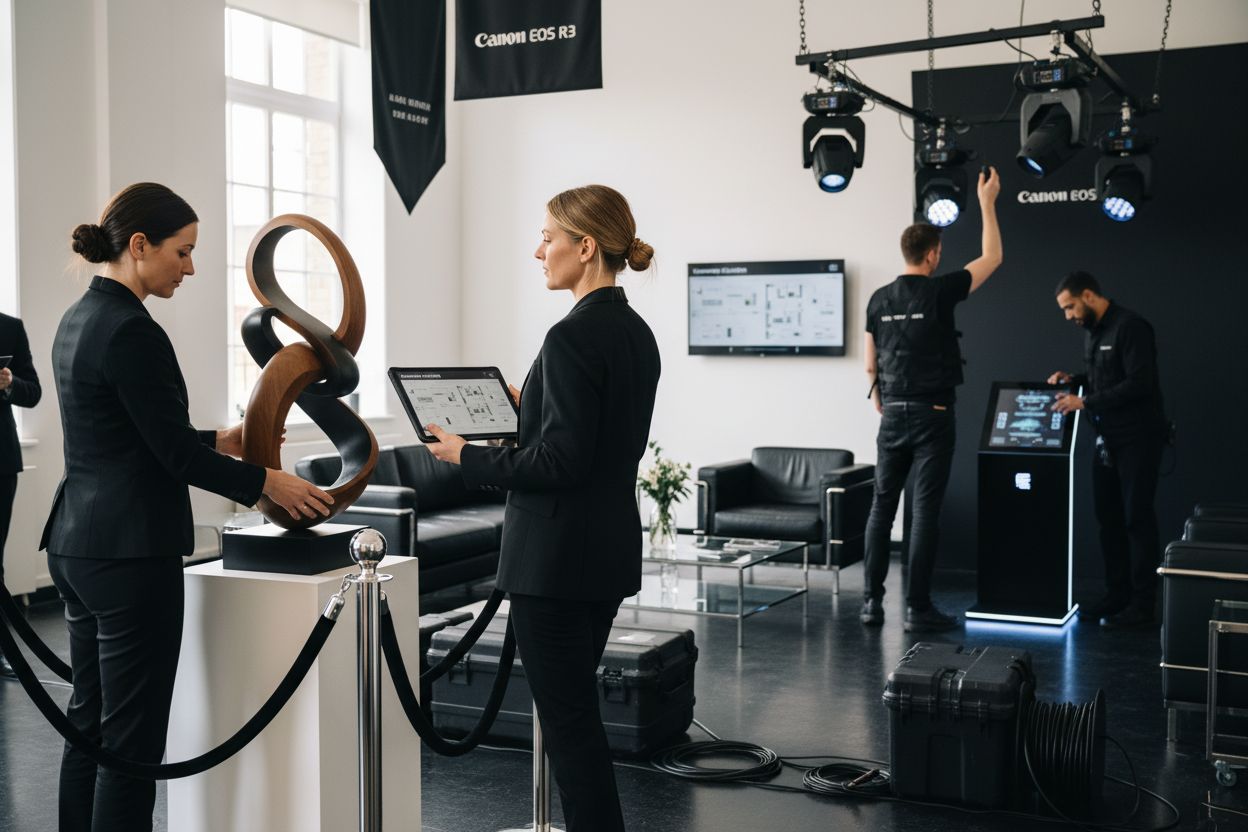
Step 6: Evaluate Feedback and Measure Success Metrics
The final phase of your experiential campaign transforms raw data and participant insights into strategic intelligence that will inform future brand experiences. Measurement is not a passive accounting exercise, but a sophisticated process of decoding complex emotional and behavioral signals generated during your campaign.
Comprehensive evaluation requires a multidimensional approach that goes beyond traditional quantitative metrics. You’ll need to develop a nuanced framework that captures both tangible and intangible campaign impacts. This means creating assessment tools that can translate emotional resonance, brand perception shifts, and participant engagement into meaningful strategic insights.
According to Deloitte’s luxury market research, successful luxury brands are distinguishing themselves through sophisticated feedback analysis that reveals deeper consumer psychology. Your metrics should not just measure campaign performance, but uncover underlying motivational patterns that can drive future brand strategy.
Key evaluation strategies include:
- Collecting both qualitative and quantitative participant feedback
- Analyzing social media sentiment and organic brand mentions
- Tracking long-term brand perception changes
- Measuring emotional engagement depth
Technological tools become critical in transforming raw feedback into actionable insights. This means deploying advanced analytics platforms that can process complex, multi-source data streams. Learn more about innovative campaign strategies to enhance your measurement approach.
Successful evaluation is not about proving success, but understanding nuance. Your goal is to create a comprehensive post-campaign report that reveals not just what happened, but why it happened. This report becomes a strategic document that illuminates participant behaviors, emotional triggers, and potential future engagement strategies. By treating measurement as a creative process of discovery, you transform each campaign into a learning opportunity that continuously refines your brand’s experiential approach.
Elevate Your Luxury Campaigns with Expert Guidance
If you want your experiential campaign to truly stand out, you need more than just creativity. The article shows that luxury consumers expect precision, unique storytelling, and emotional impact at every touchpoint. That means your campaign must address the real pain point: aligning advanced consumer psychology with flawless execution, while staying ahead of evolving digital trends. If you are struggling to capture the depth of your audience or to differentiate your experience in the high-end market, this is exactly where most luxury brands stumble.
Discover effective fashion marketing strategies
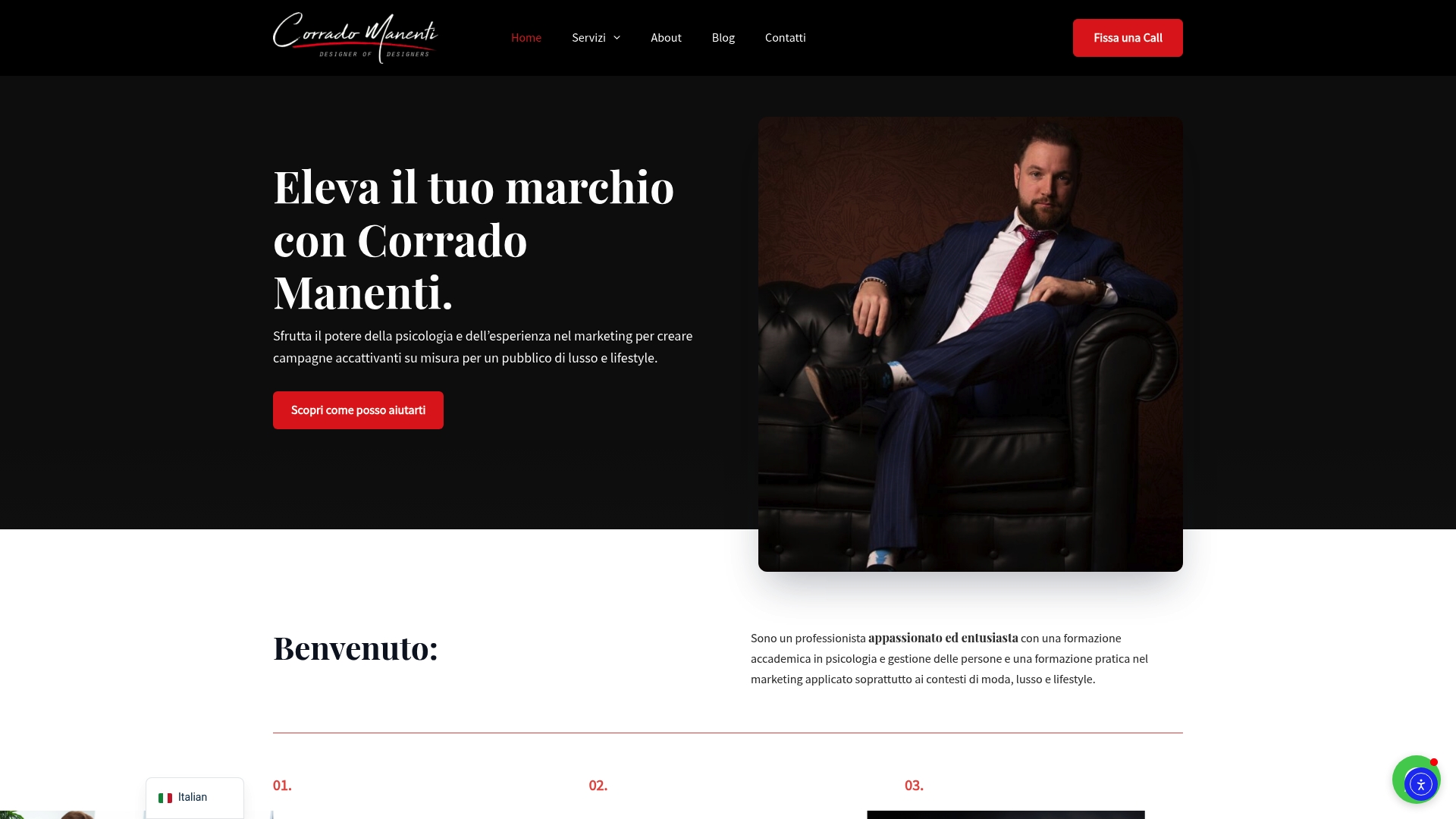
Ready to transform your next campaign into an unforgettable luxury experience? Partner with Corrado Manenti and unlock the power of psychology-driven, innovation-focused marketing. Visit Corrado Manenti’s official site to start designing campaigns that move hearts and drive business, or learn how digital positioning can amplify your success on Digitale Positionierung. Make your next campaign resonate now—luxury clients are waiting for inspiration.
Frequently Asked Questions
What is the first step in designing an experiential campaign for luxury brands?
The first step involves defining your target audience and setting clear objectives. This requires comprehensive audience research and understanding the psychological motivations, lifestyle preferences, and emotional triggers of luxury consumers.
How can I research trends for luxury experiential marketing?
Research trends by exploring global luxury experiences, engaging with design magazines, attending international conferences, and analyzing award-winning campaigns from various sectors like fashion, technology, and travel.
What should be considered when developing the campaign concept for a luxury experience?
When developing the concept, focus on creating a powerful narrative that aligns with your brand’s identity. Incorporate emotional journeys that resonate with luxury consumers and curate multi-dimensional sensory experiences.
How can I evaluate the success of my experiential campaign?
To evaluate success, collect both qualitative and quantitative feedback from participants, analyze social media sentiment, and track changes in long-term brand perception. Utilize advanced analytics tools to provide insights into emotional engagement and campaign impact.
Recommended
- Understanding Luxury Brand Experience Guide – Corrado Manenti
- How to Create Luxury Brand Experience for Premium Clients – Corrado Manenti
- Understanding the Role of Detail in Luxury Branding – Corrado Manenti
- Understanding Luxury Brand Experience Guide – Corrado Manenti
- 7 Powerful Brand Storytelling Examples to Inspire You – Marzipan
- blog | siift | Vibe Marketing: What It Is and Why It Matters

